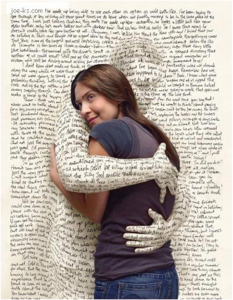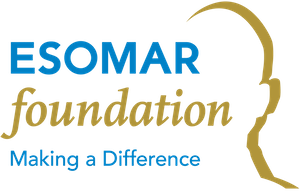
“Our goal was to help charities to act better by listening in a different, radically open way (‘anders luisteren – beter doen’)”
Why
Telling was started bij Ineke van de Ouderaa and Ferro Explore to help charities to improve their fundraising in a fundamental way by shifting the focus from ‘raising funds’ to ‘creating, cultivating and nurturing a meaningful story that people want to connect with’. So the primary goal is ‘connecting’ to enable a more sustainable ‘asking’.
Our goal was to help charities to act better by listening in a different, radically open way (‘anders luisteren – beter doen’). Our hope is that if the charity sector does this, they will collect more overall. They will raise more funds and be able to make more of an impact on society.
The method is open to all charities but tested with two: ‘Kinderfonds MAMAS’ (helping South African ‘Mamas’ to take care of children) and ‘De Nierstichting’ (‘Kidney foundation’).
How
In essence our method can be described as ‘story listening’. Each participating charity send out a mail to a part of their contributors to invite them to share a story about their experiences with charities, using one question only:
Suppose you are at a birthday party and for some reason the conversation turns to the subject of charities. The guests exchange their stories about experiences they had and what those meant to them. What stories, experiences or anecdotes would you share in this situation?
After the story was told, we asked the contributors to answer a few questions about the story they shared. One of these questions was ‘if your story is about a charity, which particular one is it about?’ But other questions were also asked, such as ‘What is the emotional tone in your story?’ (very negative, negative, neutral, positive, very positive), or ‘To what extent does your story show trust in the charity?’ (A lot of trust, trust, neutral, not so much trust, hardly any trust or even distrust). In this way we build a narrative database, containing not only the stories, but also the meaning of the story from the perspective of the teller. We used Sensmaker for this.
We hosted workshops with a multidisciplinary team of each charity, using cognitive edges ‘archetype extraction method’. The aim of this workshop was to submerge in the stories, and to discard the conscious and unconscious biases. The stories were plastered on a wall. We used creative methods to be able to make the solutions more out-of-the-box. The outcome of the workshops was threefold:
- a list of ‘archetypes’, representing unconscious frames of interpretation;
- embedded out-of-the-box solutions for the specified problem, allowing opportunity for action to be taken;
- an experience; embodied, emotional knowledge that is able to cut through the natural defence system we have as humans.
The combination of subjecting the group to the story without any interpretive frame, followed by a combination of processing tasks that speak to both our ‘conscious’ and ‘subconscious’ faculties, was a guarantee for embodied learning, based upon openness and connection.
In a final workshop we worked together with the charities in connecting their internal passion and idealism with the view of their contributors in a meaningful way. This helped them to become more fundamental in their approach to cultivate an understanding, but extremely pragmatic in how to use this understanding and convert it into action.
What?
The process described above creates more than just ‘findings’. It energizes. It also lead to significant actions, and therefor improved their existing practice:
- In this case the findings motivated MAMAS to create a concept for a new TV show — a show that again proved to be extremely successful. Over 5.000 new donors voluntary signed up by going to the internet or calling the call centre; all attracted by the message of ‘MAMA POWER’, the lean and mean organisation, the leading role of African women etc. In short, MAMAS got the message from it’s donors and then repeated it in the larger world of the tv audience.
- For the Nierstichting the profound learning –the gold– was that they need to stick even more to the core of their message. This was an important finding for them, and it would not have come across so easily in a regular research. Because of being exposed to the raw stories, it became clear that the ‘basic story’ is simple. The Nierstichting also understood that it had to invest more in the core activity of encouraging people to become a donor after death, or to facilitate being a living donor, since this is such a powerful story to be associated with.
We feel that our approach is highly valuable to society and NGO’s in special. The main reason for this is that in combines openness, connection and action in a very natural way. It is a profound way of discarding unknown biases and really connect with society.
By Jochum Stienstra, Director & Owner, Ferro Explore!
